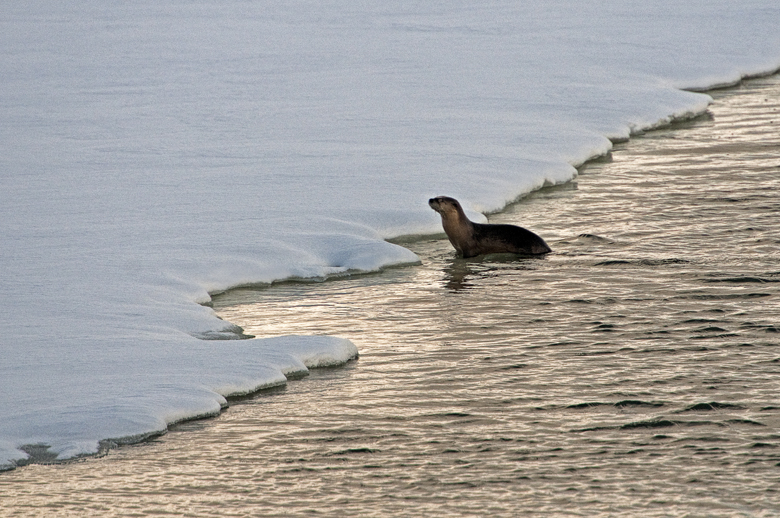
The Sixties refers not only to a decade but to this country's last great social revolution. It was a time when the younger generation began to question the United States' involvement in the Vietnam War, and in fact, any war. The rallying cry of those turbulent times was "Make love, not war!" Students traded in their swords for pot and flower power. They had Elvis, the Beatles, and birth control pills, and were willing to burn their draft cards, go to prison rather than Vietnam, or even defect to Canada.
This revolutionary period is credited with spawning an environmental movement, with emphasis on the word "movement." Environmentalism had been around in this country since the early 1900's, but primarily as small numbers of "ivory tower" intellectuals. It was fairly easy for middle America to ignore them as eccentric and insignificant. Meaningful environmental laws were a hard sell, but that was about to change.
After Silent Spring in 1962, the decade became a mixture of hard lessons and political wrangling. The Wild Kingdom, a television show with Marlin Perkins of the St. Louis Zoo, came into our homes every week. Millions dropped what they were doing and tuned in, enthralled at the spectacle of Africa. The first part of what would become the Clean Air Act passed Congress in 1963. There would be other acts to follow. Babies were booming and the wild was rapidly diasppearing, so in 1964 a National Wilderness Preservation System set aside millions of acres "where the earth and its communities of life are untrammeled." And two years later it got really radical when the Endangered Species Preservation Act (a precursor of the sweeping act of 1973) gave animals a right to exist for their own sake. Suddenly we weren't stewards but cohabitants. And just as suddenly environmentalism was no longer underground, it was front page news and pop culture. The environmental movement of the sixties was born.
But all was not smiles in the Garden. A tragic reminder that there was much more to do came in 1969 in the form of a catastrophic oil spill off the coast of Santa Barbara, California. Even the "high rent district" wasn't safe from contamination. It would take years for the physical wounds to mend. The psychological scars remain today. Just a few months later a burning slick of kerosene and oil floated down the Cuyahoga River, through the city of Cleveland! A television ad pictured the travesty with Native Americans weeping in the foreground.